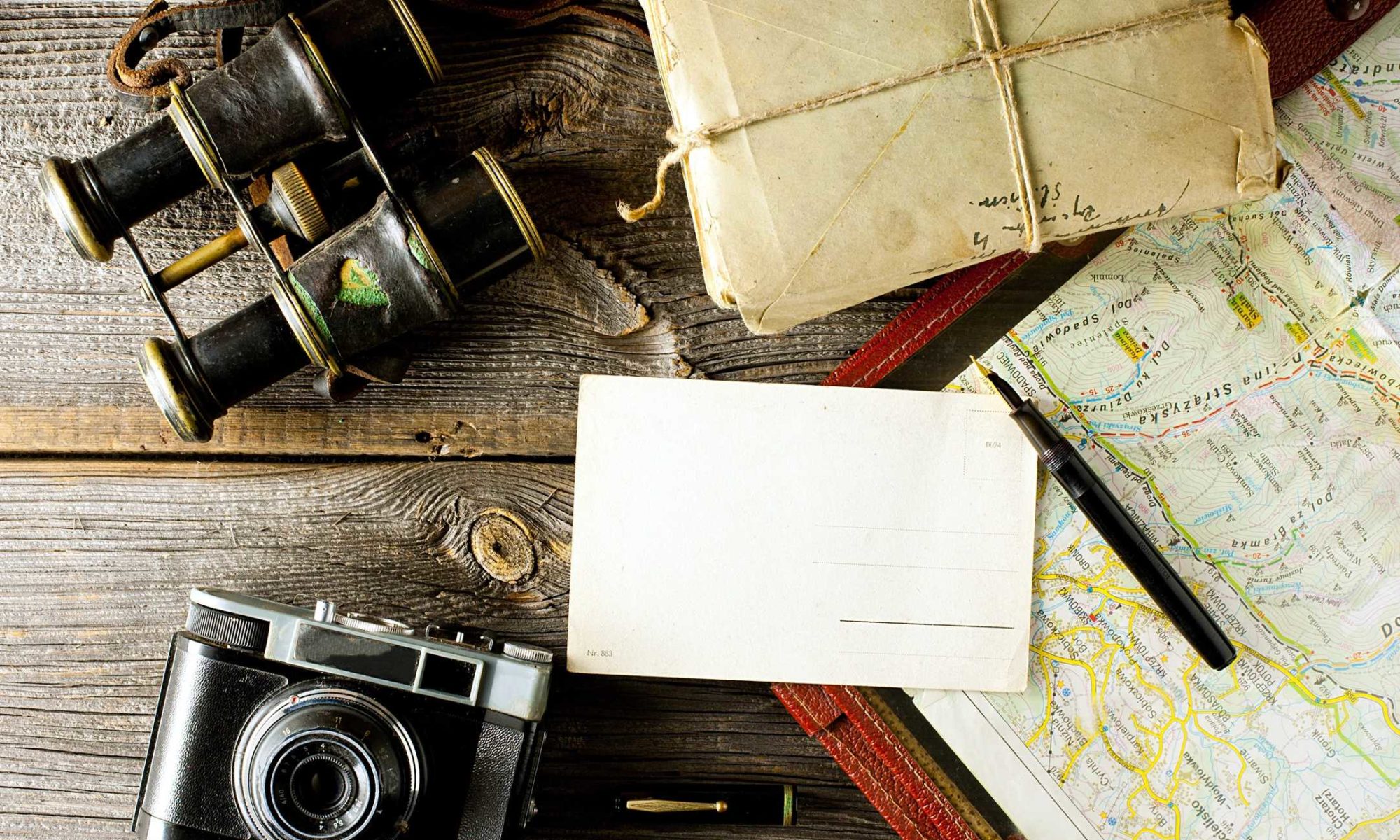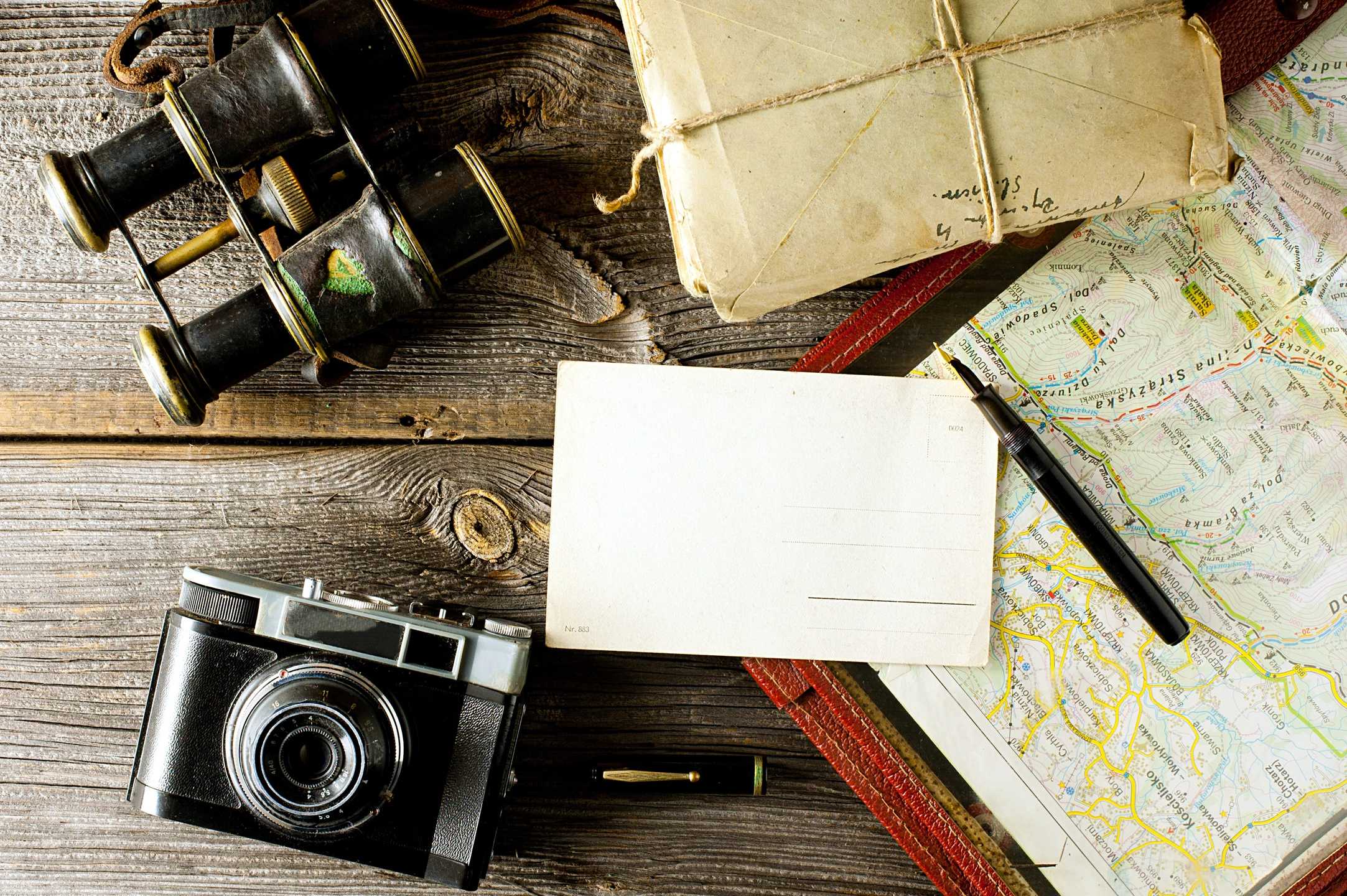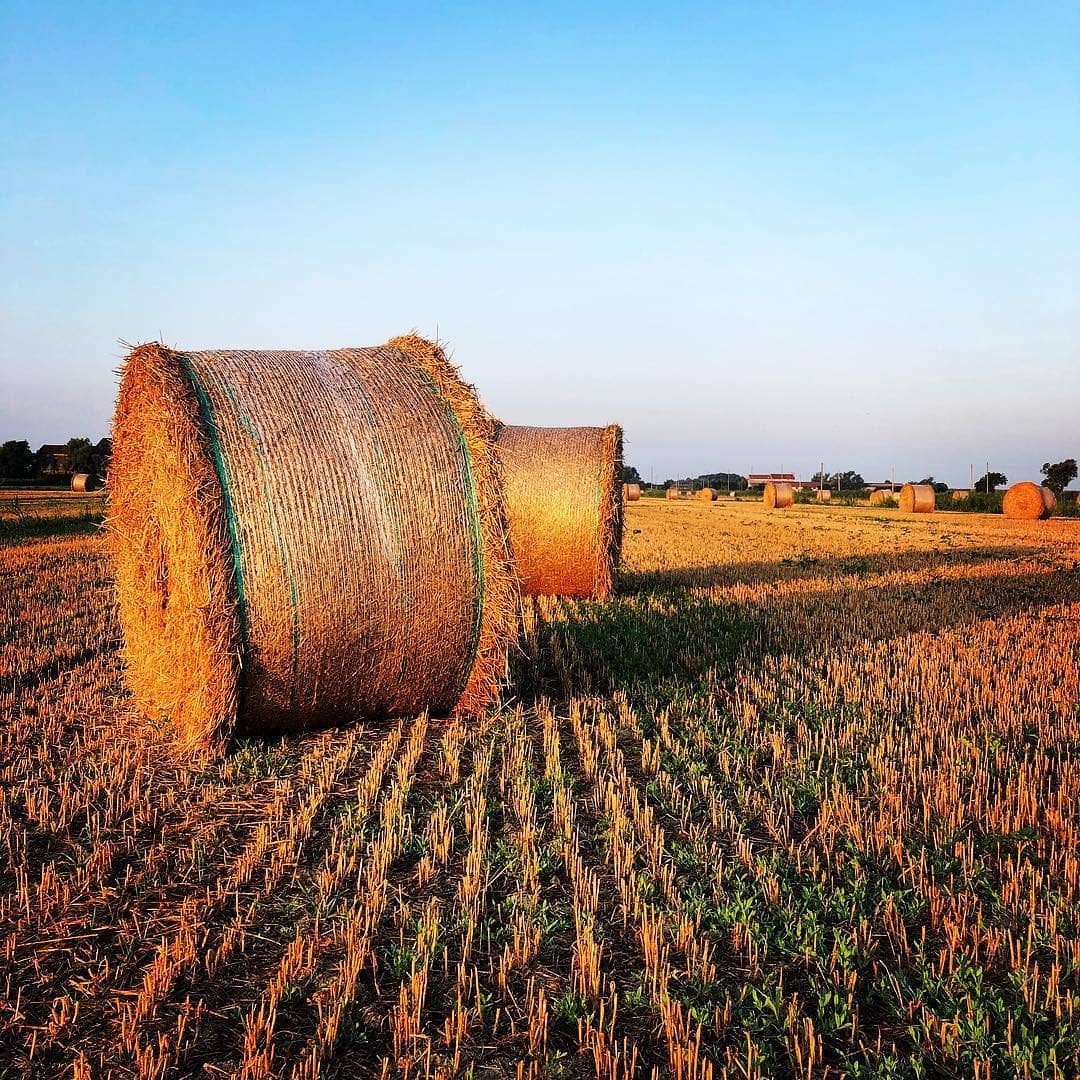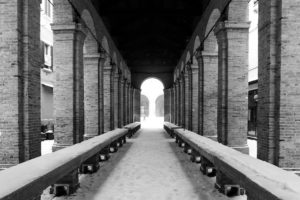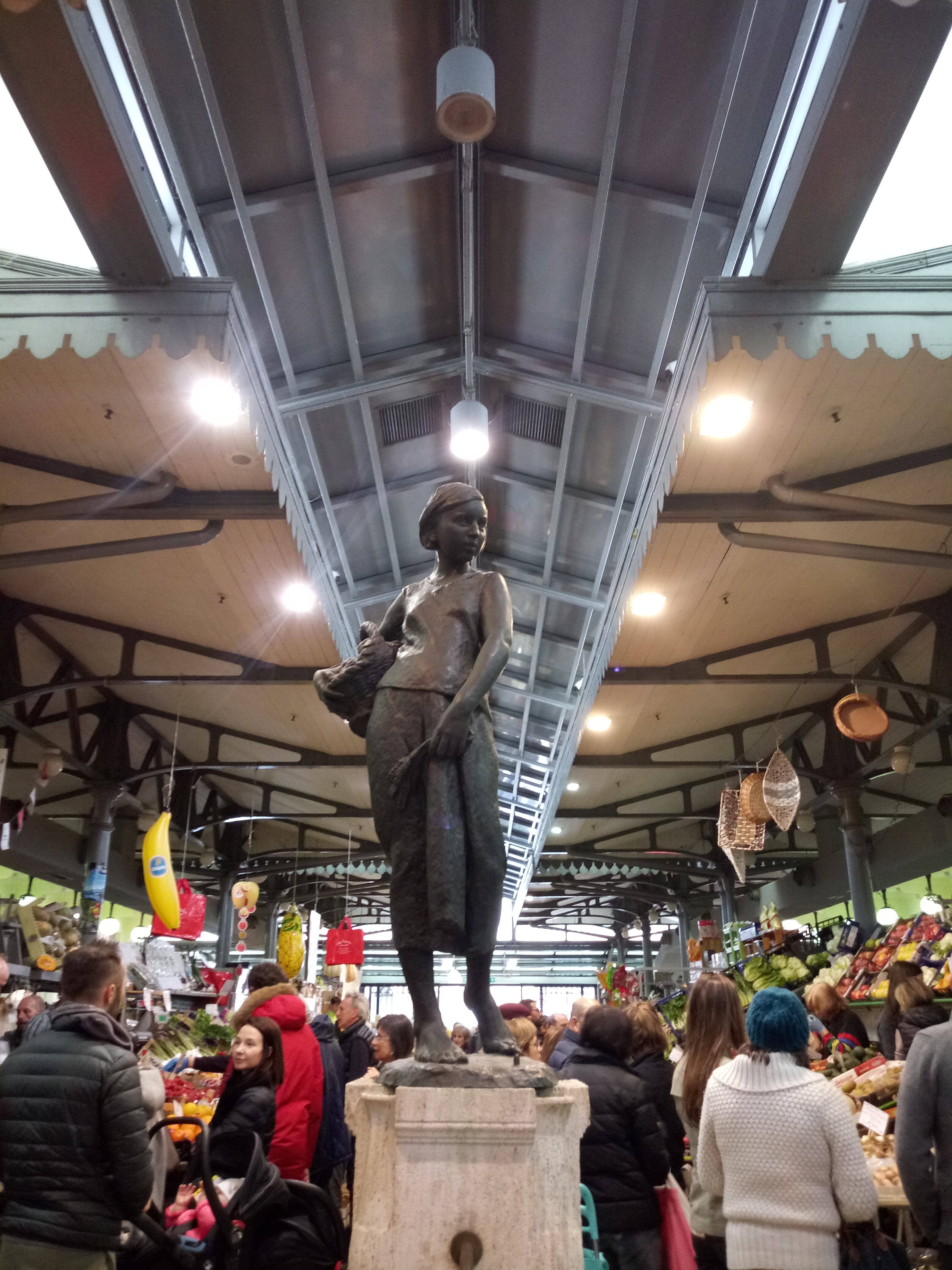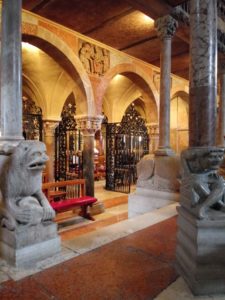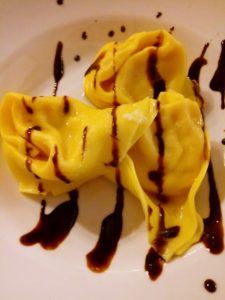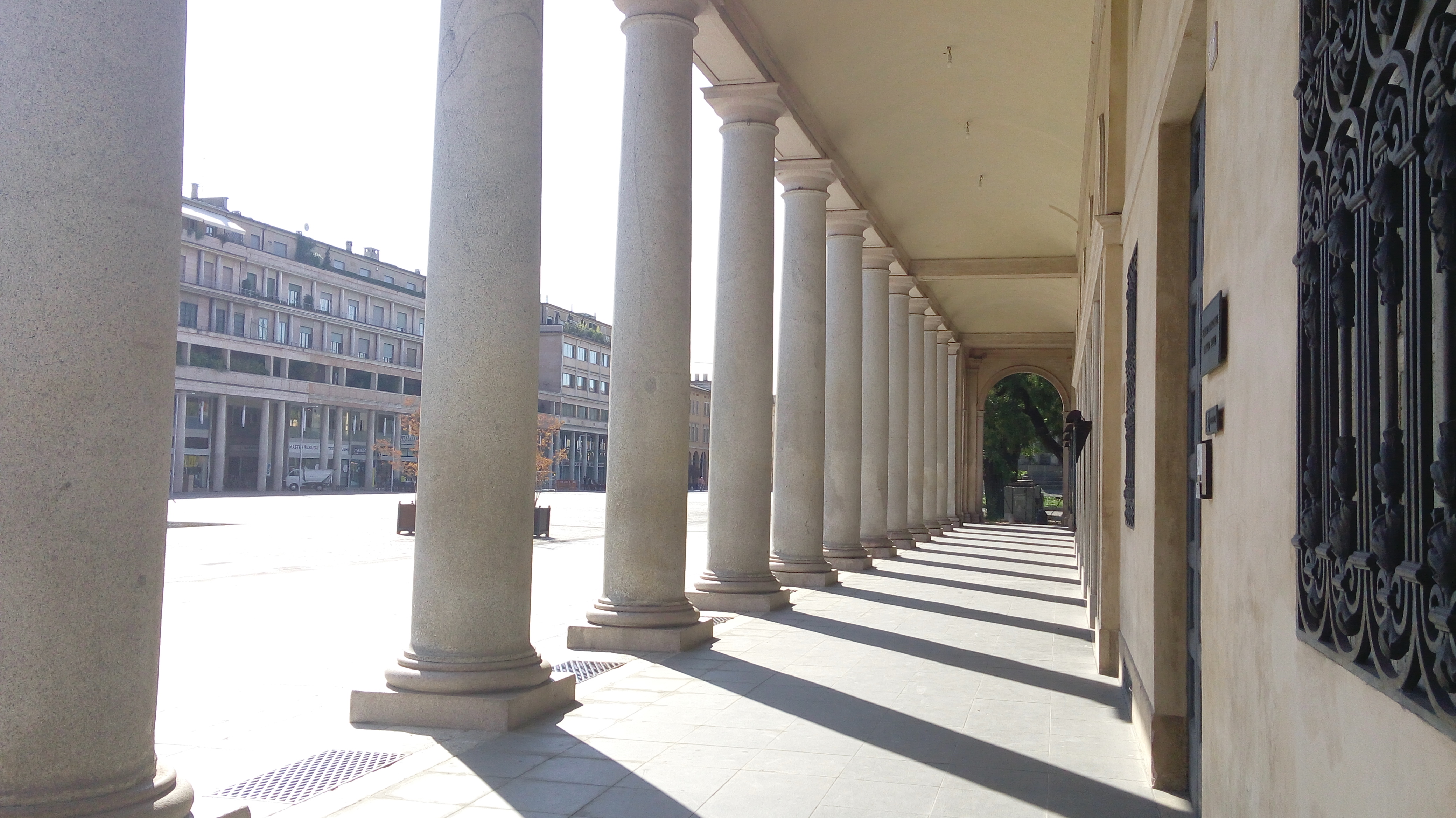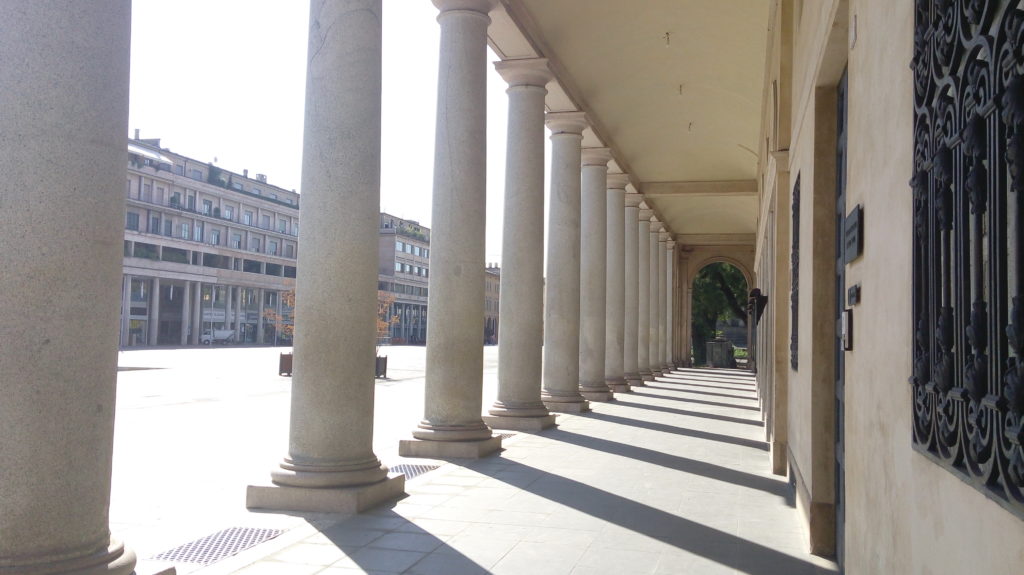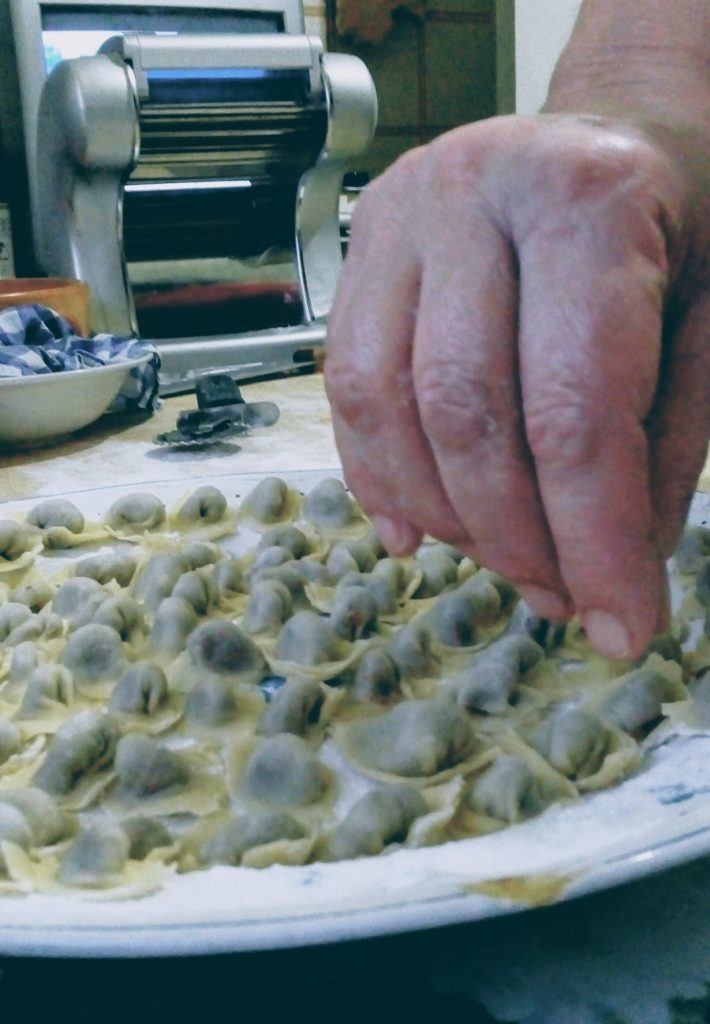Have you ever wondered what kind of tourist you are?
Maybe if you knew it would be easier to find the right itinerary for you and your expectations would be better rewarded.
Before the tourists were divided into a few categories, there was mass tourism, or the wilder and decidedly less standard; today many other tourism channels have opened and therefore there are more types of tourists / travelers, let’s see the main ones together:
- THE COMFY TOURIST – is the one who wants the maximum comfort and does not expect more than what he saw from the catalog, so the Cruise or the Village will be suitable where everything is schematically organized to ensure that no time of day is discovered; this category does not necessarily mean that the excursion is not suitable, but the organizer will have to make a commitment not to forget any service, to facilitate the experience and to reduce the effort to a minimum.
- THE CULTURAL TOURIST – in this case we open a wider scenario, in fact when we talk about Culture we mean everything and nothing, every aspect that makes up the tradition of a country is culture, from food to religion, from what may seem more boring and composed of the most eccentric and unique aspects of the territory, the top of the itinerary is to connect in a balanced way an experience with the locals and through a typical day, to involve the tourist in a family lunch or a folkloristic occasion of the village.
- SPORT AND NATURE – the sports-loving subject is usually also attracted by the nature of the territory he is visiting, also because he lives in the first person, so in this case I suggest every activity that small associations and excursion guides propose, of course let’s not forget about propose a good meal with typical local products.
- THE TRAVELER AT ALL ROUND – it is not easy to fall into this category, to really get the badge of Traveler it is necessary to have a strong imagination and desire to dream, when we are in a foreign country (it is also enough to be in another region of the own country) we adapt and for a few days that will be our home and the only desire will be to discover as many secrets as possible, the only way to amaze these travelers is to open windows that few know and let them live an experience in all round.
I could not say with absolute certainty that I belong only to one group, in fact here is my profile:
COMFY TOURIST 1%
CULTURAL TOURIST 45%
SPORT AND NATURE 10%
ALL ROUND 44%
Which group do you feel you belong to?
